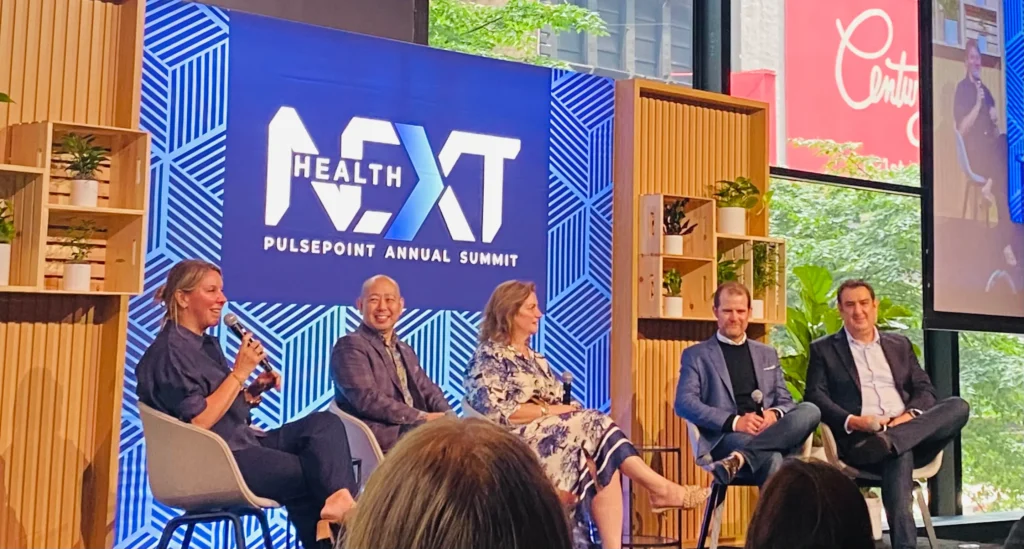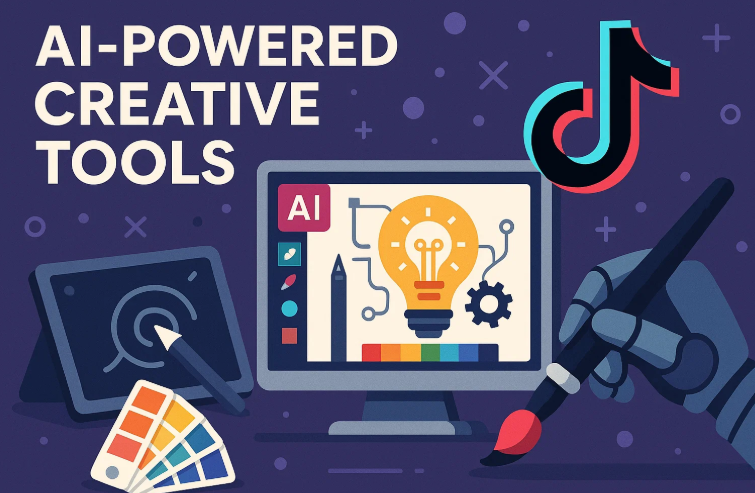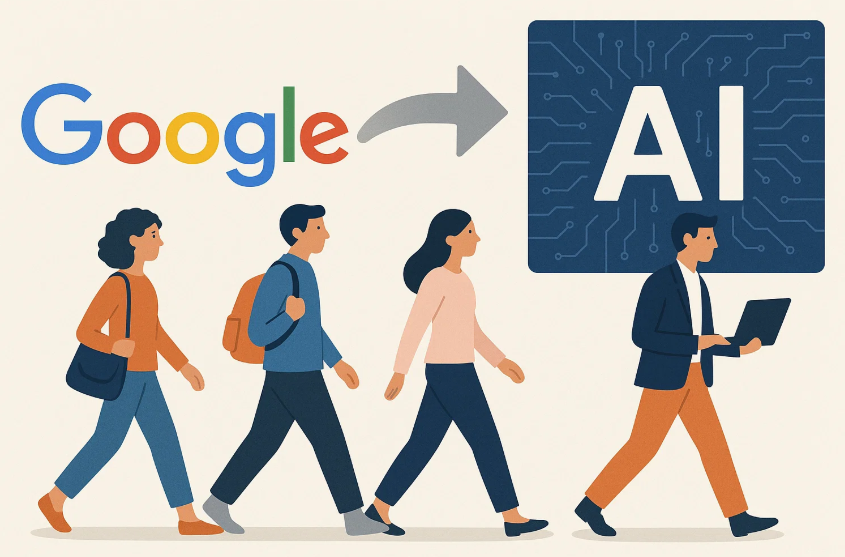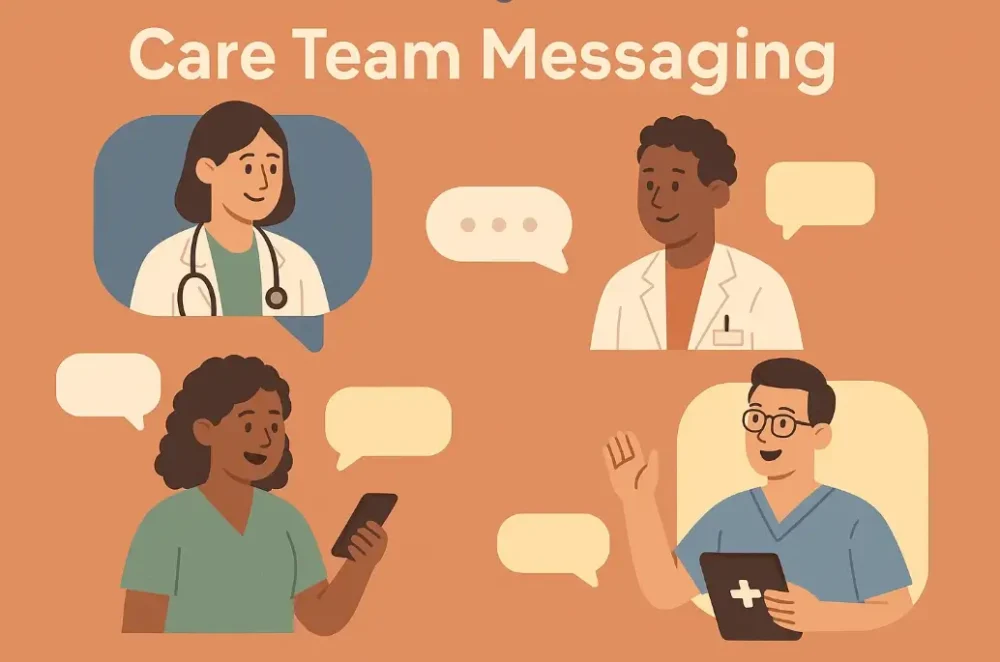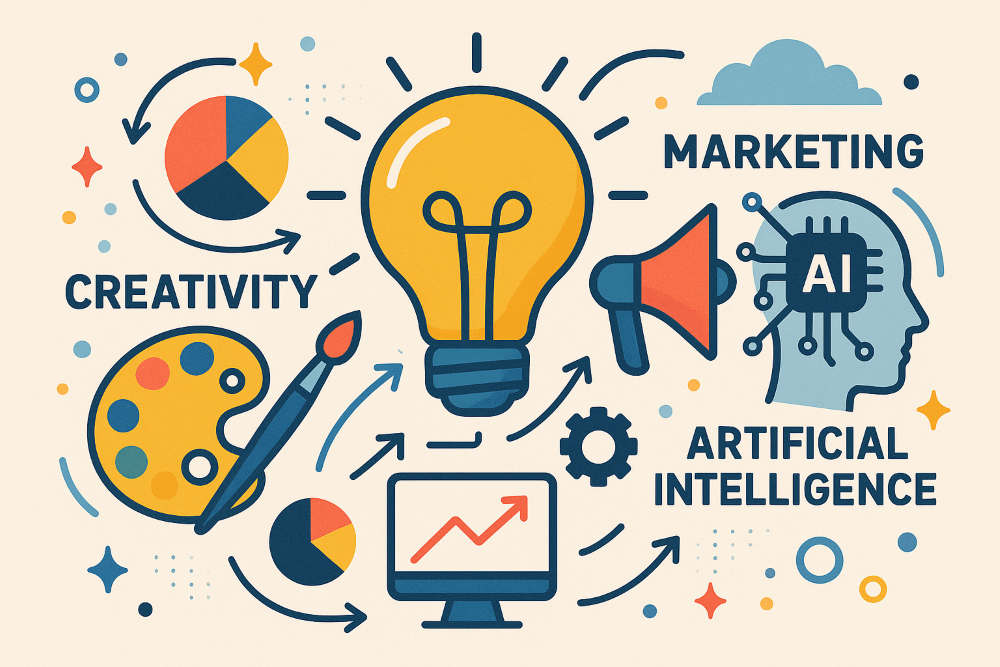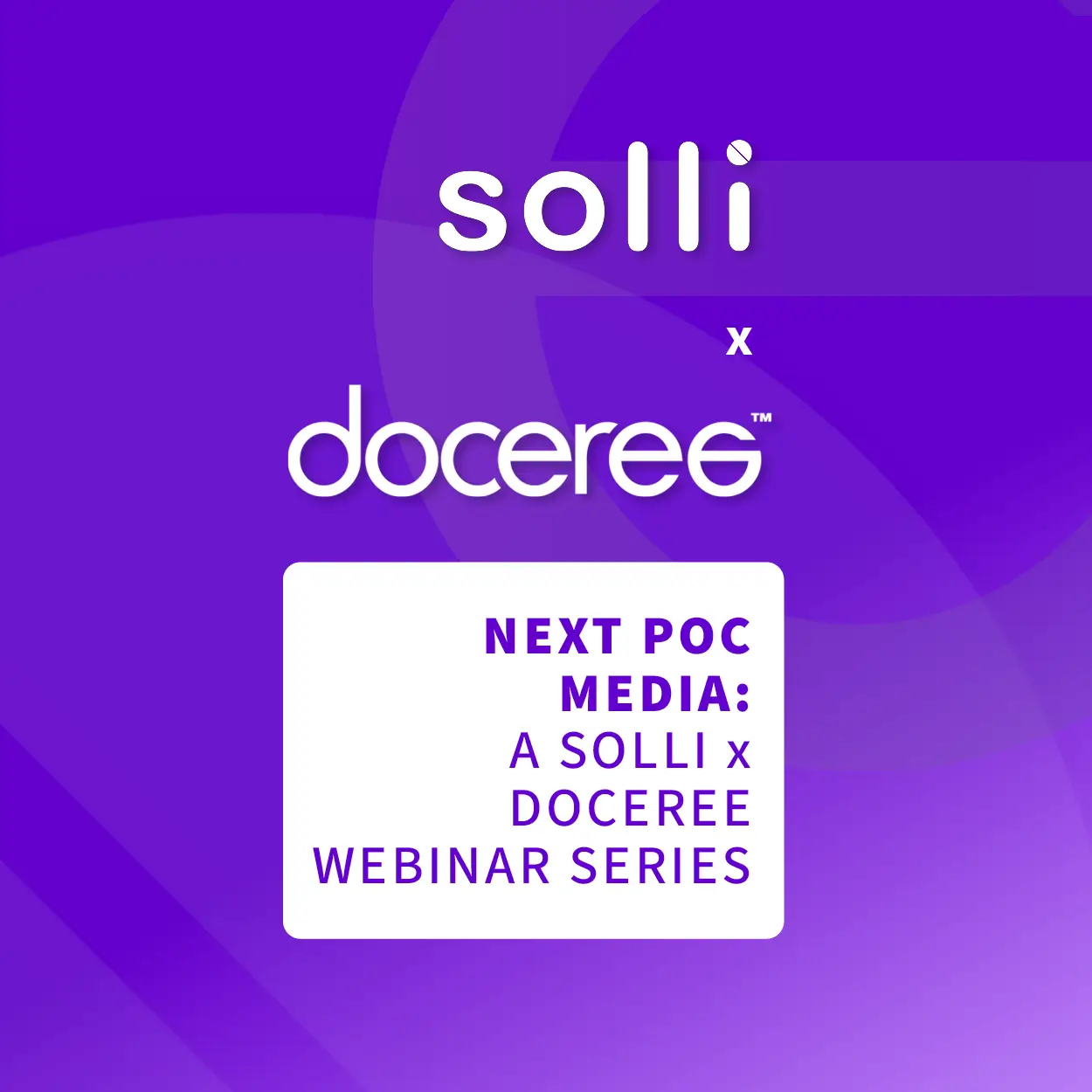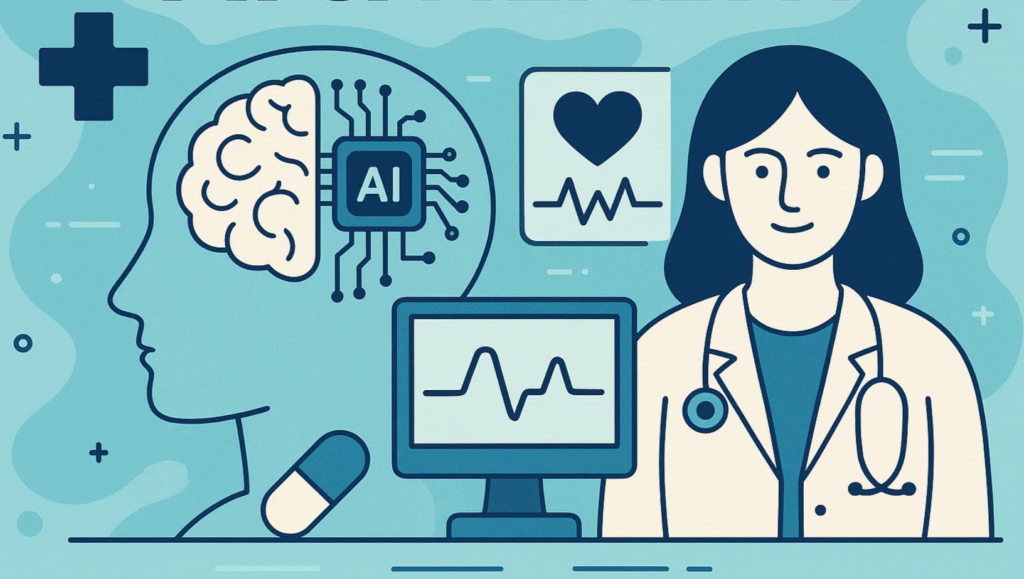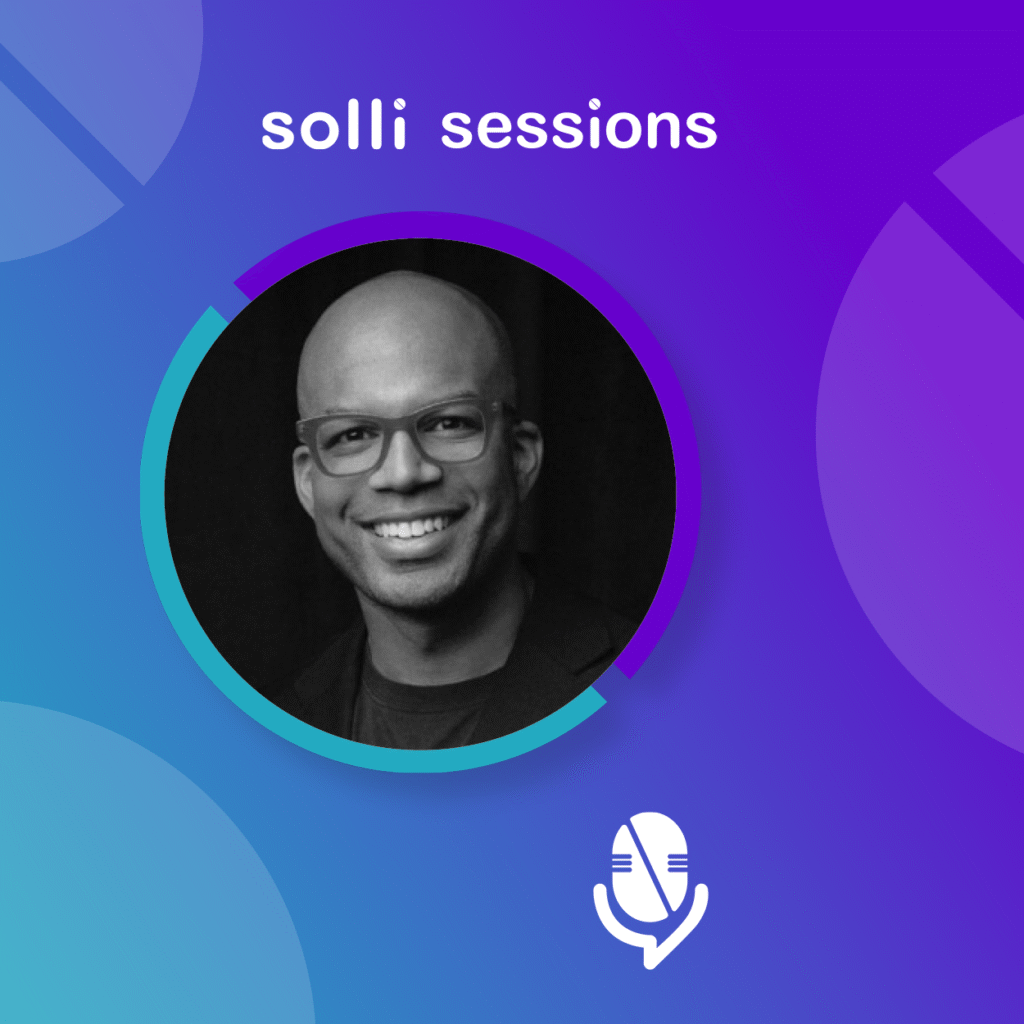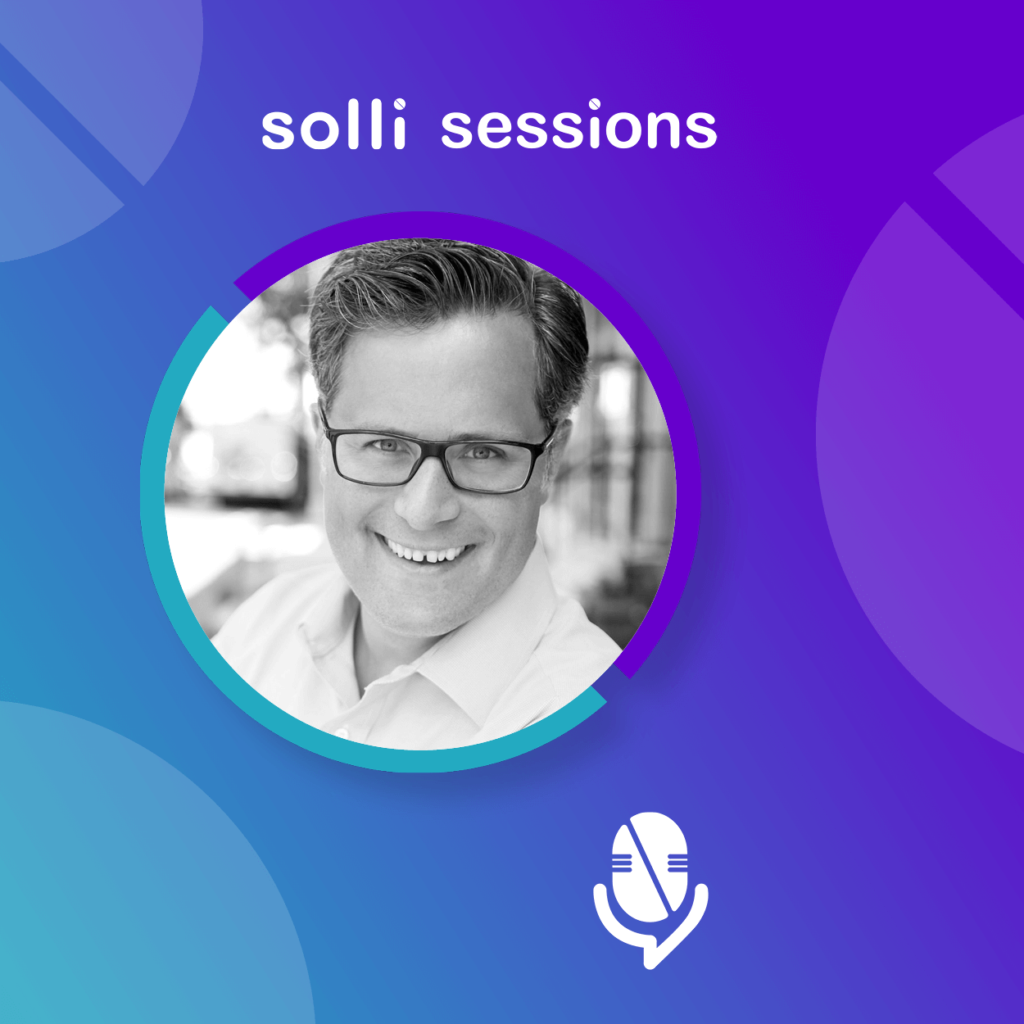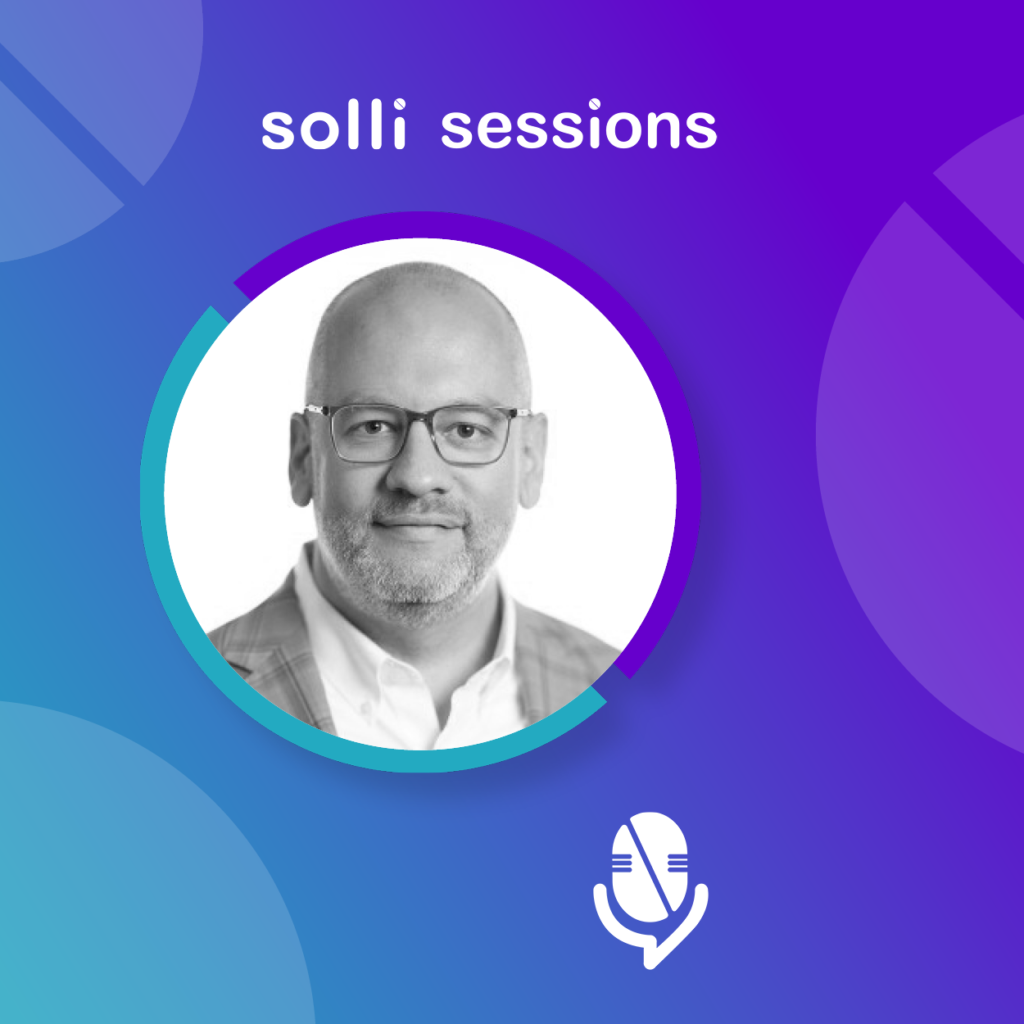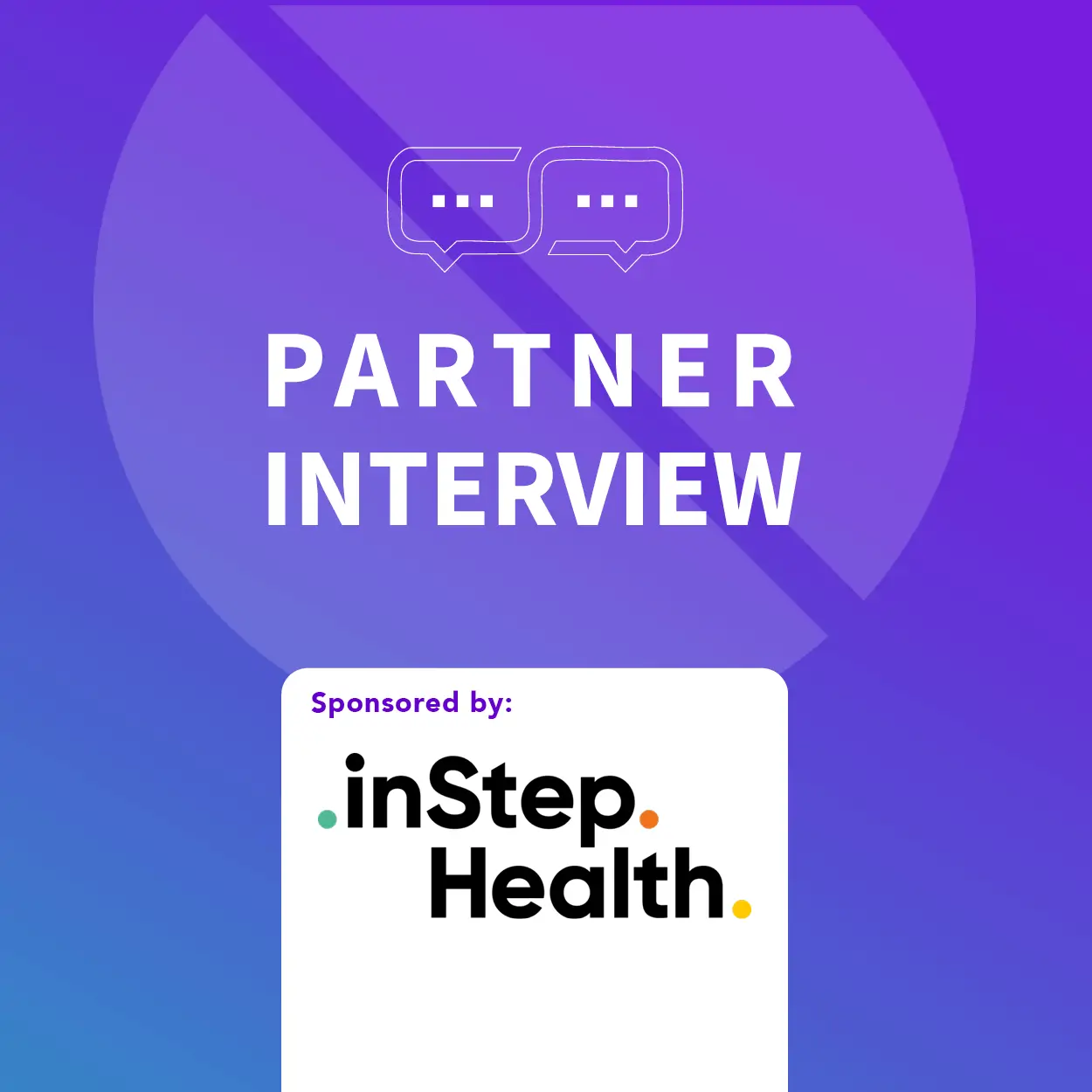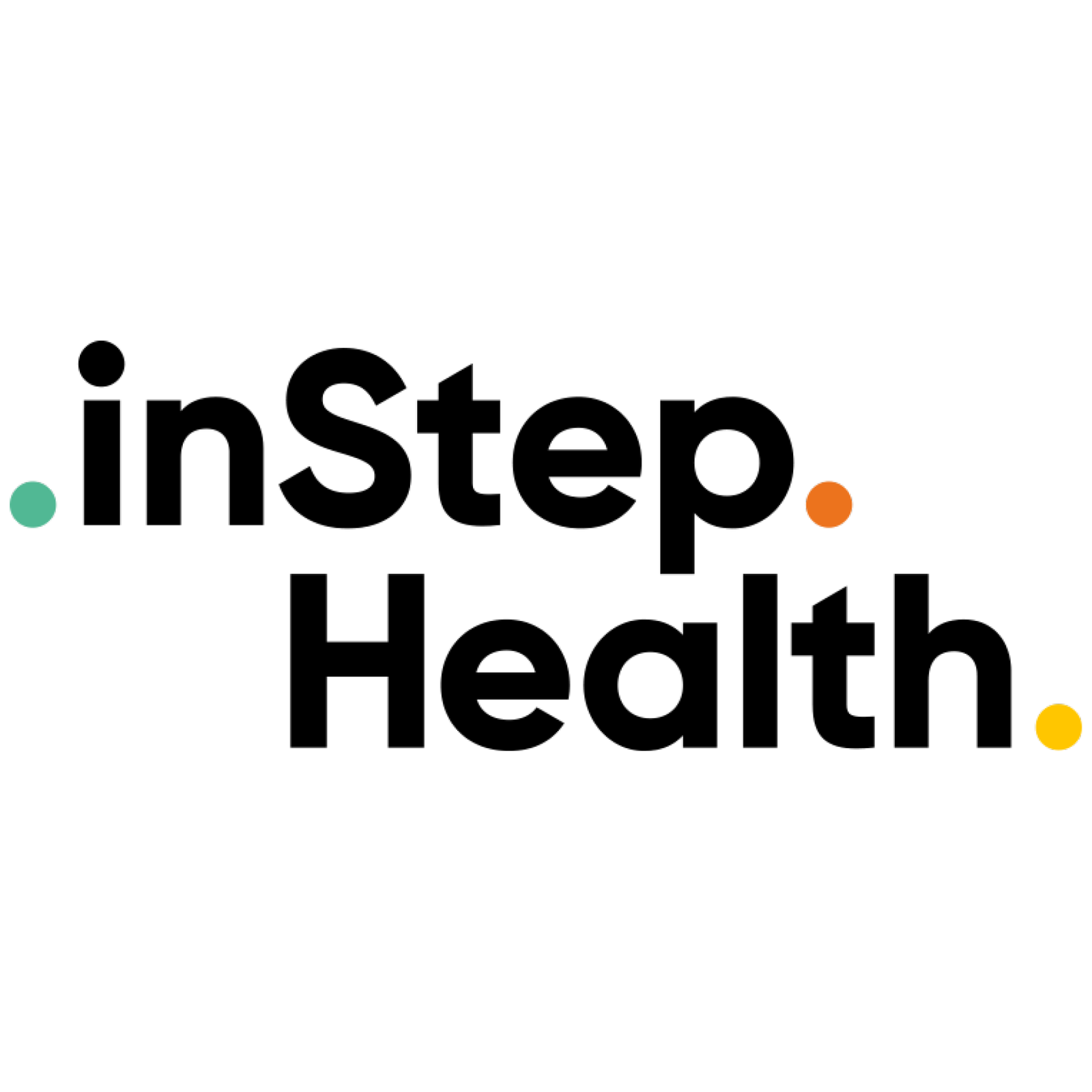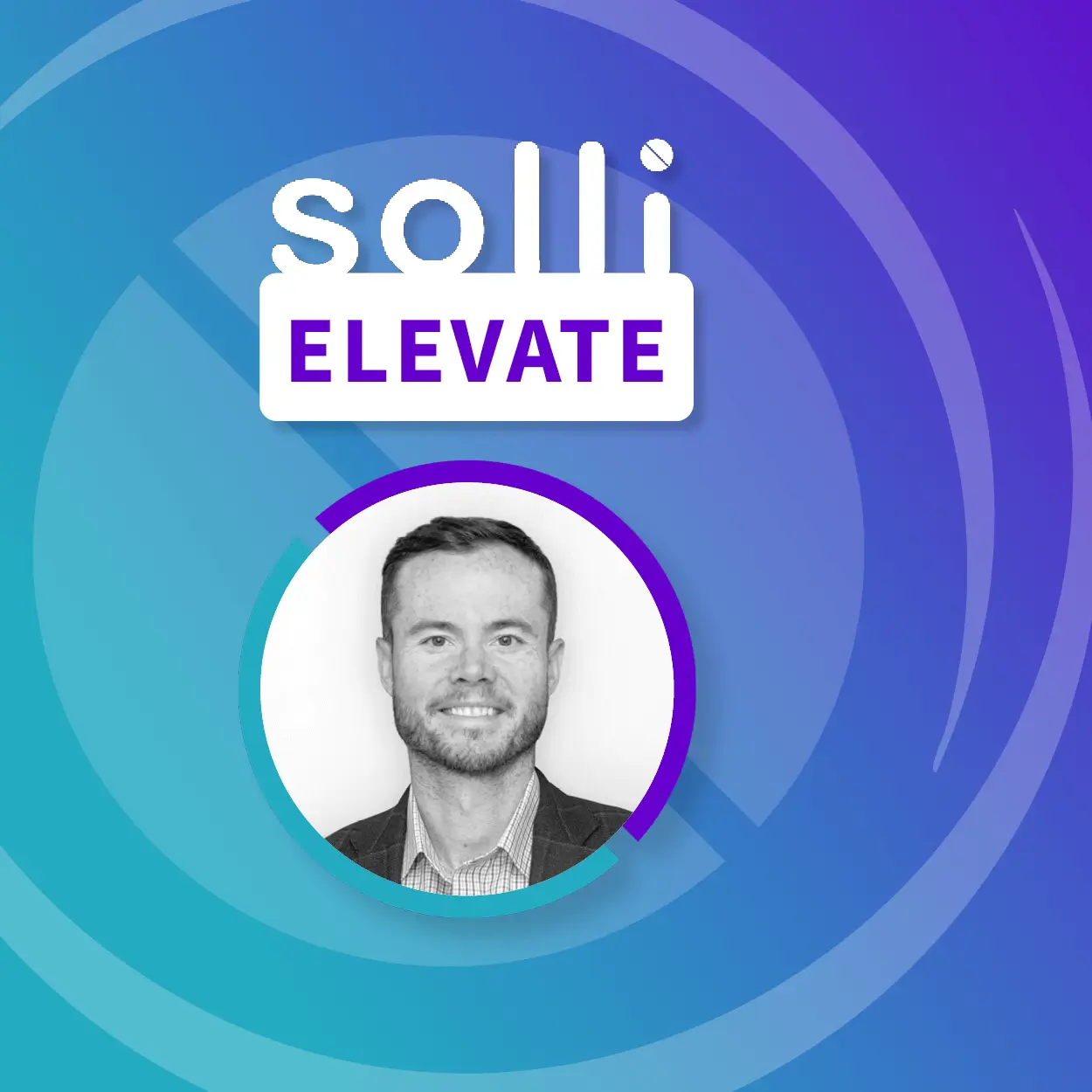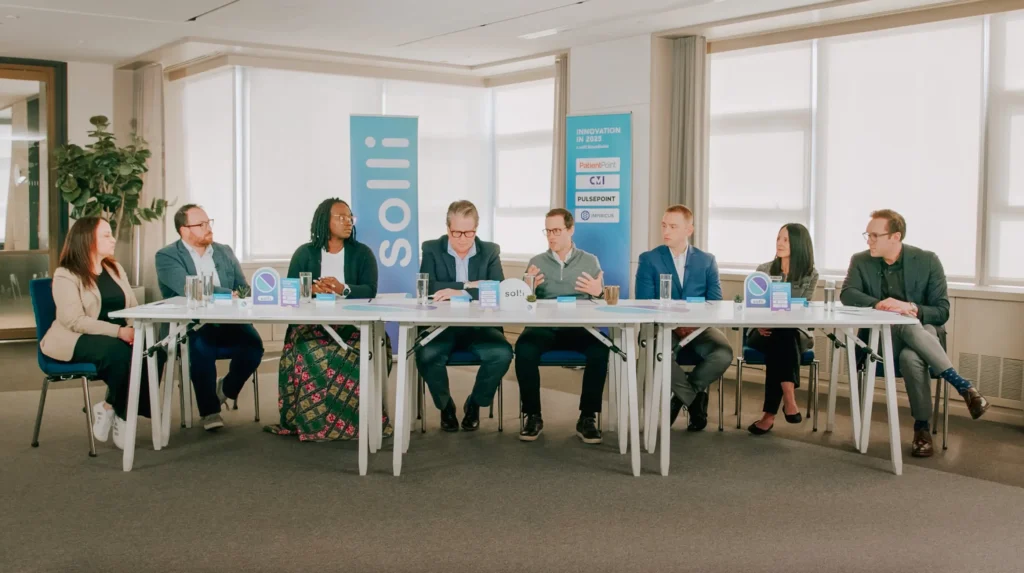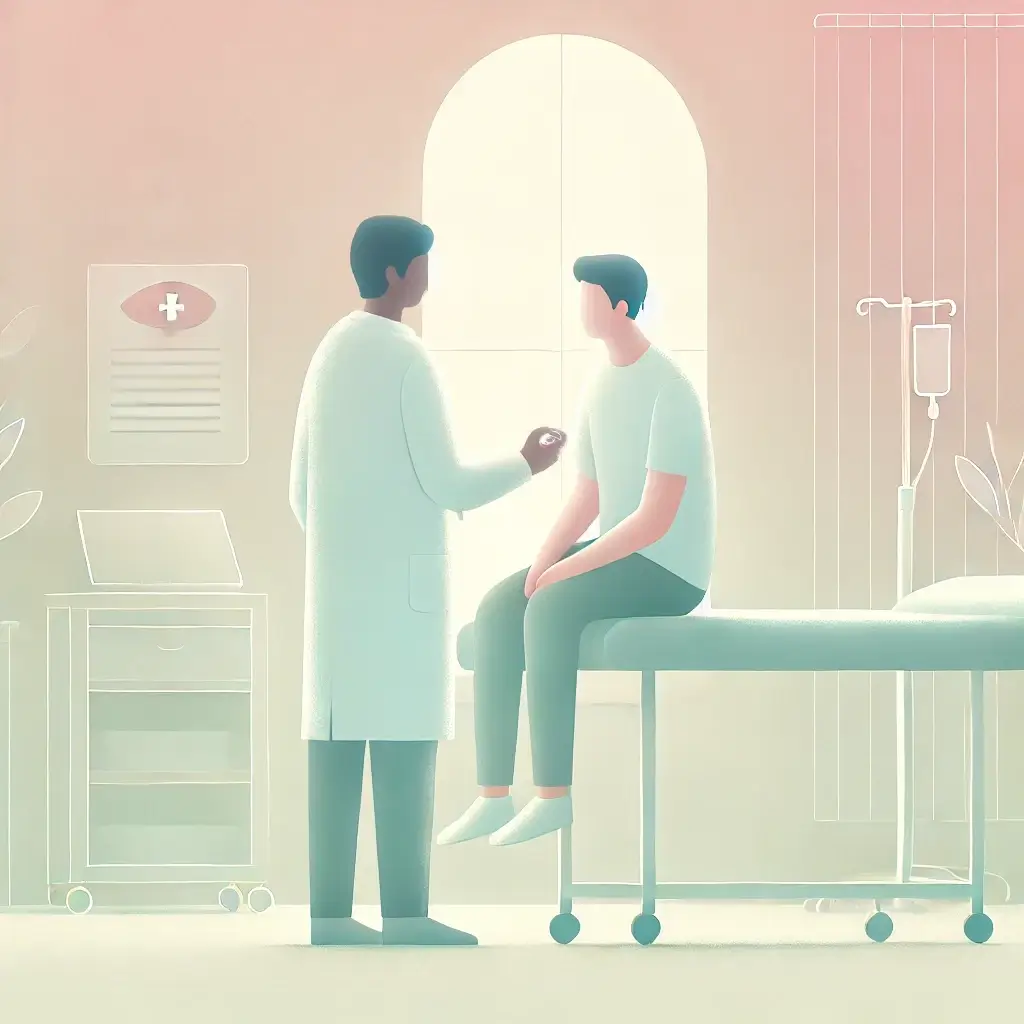7 Key Takeaways from PulsePoint’s HealthNEXT
From in-housing to integration: insights from the stage and the side conversations
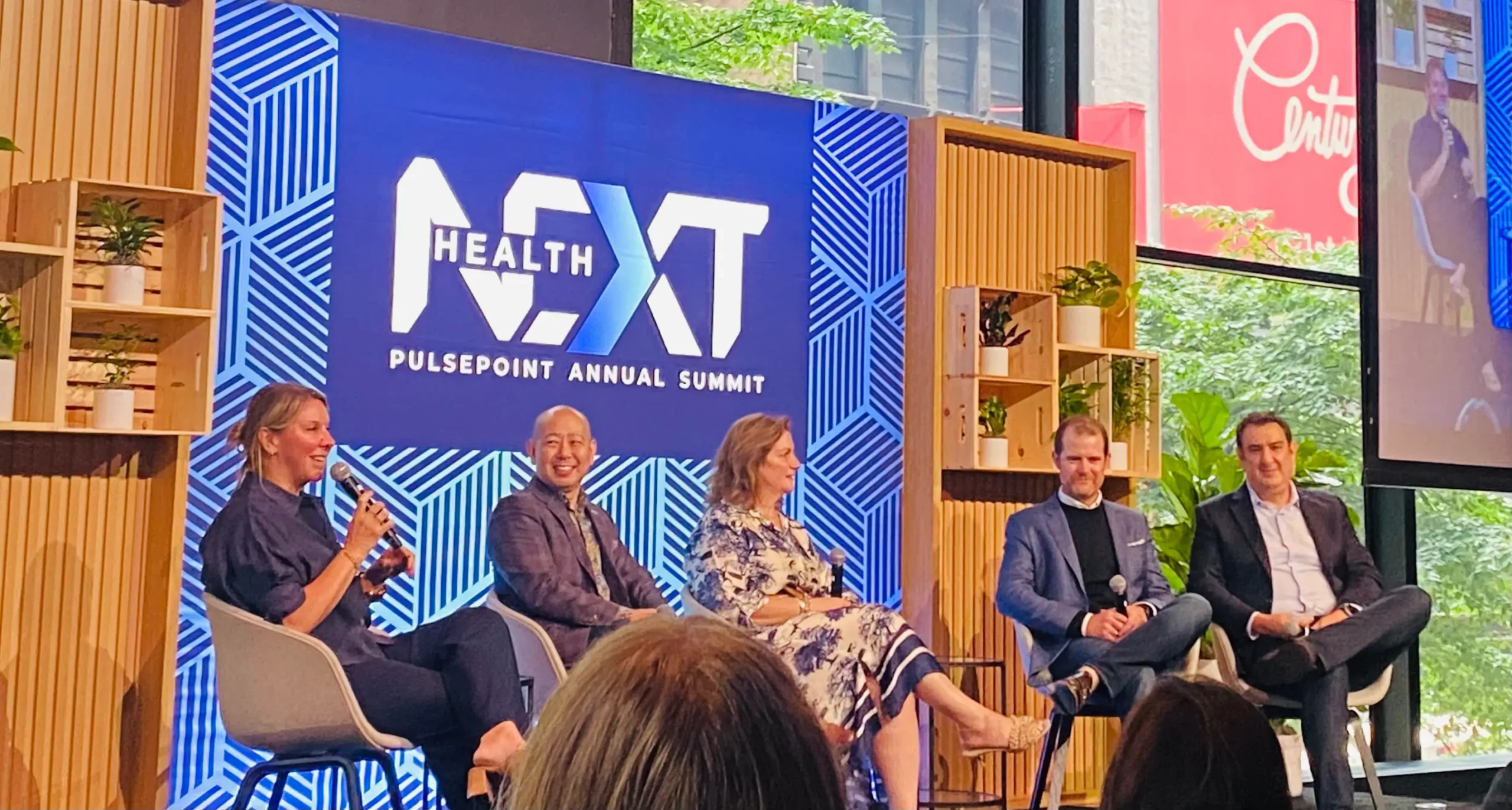
solli recently attended PulsePoint’s HealthNEXT event in Manhattan, joining an audience of HCPs, pharma marketers, agency leaders, and technology innovators. The conversations cut to the heart of what’s shaping the pharma media space — from new skills and metrics to the need for collaboration across the industry.
Here’s 7 key takeaways that are shaping the future of Pharma Media:
1. In-Housing Is Reshaping Agency Roles
In-housing in pharma is no longer a question of if, but how. With this shift, it is reshaping the role of agencies. Those that take a positive, collaborative approach, embedding technology, buying capabilities, and specialist expertise within in-house teams, are more likely to retain relationship equity and long-term relevance. Agencies that resist the change risk losing influence. The takeaway was clear: when a client begins in-housing, the role of the agency should be to enable, not obstruct.
2. Change Management Is Becoming a Core Capability
Agency leaders from IPG Mediabrands Health, PHM, CMI Media Group, and Dentsu Health were unanimous on one point: the only certainty is change. In this environment, an agency’s ability to manage change — both within its own organisation and in partnership with clients — will be a key differentiator. This is no longer a peripheral service; it is emerging as a core capability that will define which partners can thrive in a market where transformation is the norm — and a key skill for individuals looking to make their mark in this industry.
3. Audience Quality Alone Isn’t Enough
Once considered the gold standard of targeting, audience quality is now only part of the equation. In the increasingly complex regulatory and media environment in the U.S., brands are seeking new ways to plan, engage, and monitor their audiences. One DTC-focused panel challenged the status quo with a simple but pointed question: should access, affordability, and adherence be the key media-linked metrics in the US? This patient-centred approach would ensure the audiences reached can start treatment, afford it, and stay on it for the required time — because if they can’t be prescribed it, buy it, or continue it, what’s the point?
4. Optimisation Is Getting Smarter
At the Summit, PulsePoint’s Chief Product Officer, Ezra Suveyke, shared the thinking behind the company’s new Adaptive Optimization™ capability. The aim is to help healthcare marketers spend less time and money reaching the wrong people, and more time connecting with the right ones. Embedding clinically relevant signals from healthcare professional data and deidentified patient cohorts, the system seeks to compliantly steer budget toward the audiences most likely to benefit from the message.
5. HCPs Value Time Above All
A panel of HCPs put it plainly: time is their key currency. They want short, succinct information they can scan quickly, and they value tools that help them educate and support patients in a way that fits seamlessly into their daily workflow. Electronic Health Records (EHRs) remain where HCPs “live” every day — the opportunity for brands is to figure out how to integrate support for both HCPs and patients into this environment without adding friction.
6. Signal Integration Is the Real Omnichannel Challenge
Meredith Carber Shagdar, from Sanofi, shared that in pharma the challenge isn’t a lack of data — it’s ‘signal integration‘. True omnichannel delivery depends on connecting the signals, insights, and actions that currently sit in separate systems. That means linking signals from CRM with media planning, aligning DTC signals and HCP signals campaigns, and ensuring data flows seamlessly across the entire marketing ecosystem. Until this level of signal integration is achieved, “omnichannel” risks remaining more of a buzzword than a reality.
7. Collaboration Is the Only Way Forward
Agency leaders and pharma executives on stage — and delegates in conversation over lunch — all voiced the same need: the industry must break down silos and collaborate to address shared challenges in the pharma media space, for the benefit of both patients and HCPs. This is exactly Solli’s mission, and we will continue to work tirelessly to create the environments where that collaboration can thrive.
solli‘s Final Thoughts
The PulsePoint HealthNEXT event made one thing clear: the future of pharma media will be shaped by those who adapt quickly, think beyond traditional metrics, and work together across silos. A focus on skills, technology, and collaboration is the new foundation. At solli, we’ll keep creating the spaces where this progress happens, because when the industry moves forward together, so do patients and HCPs.

